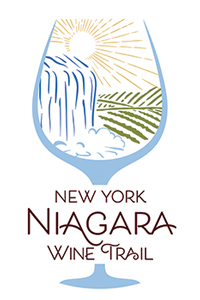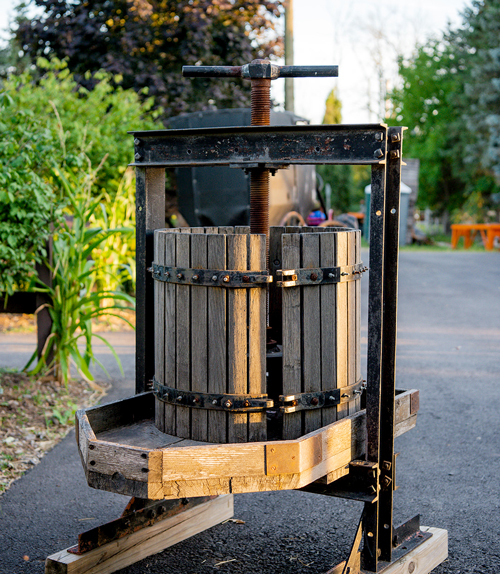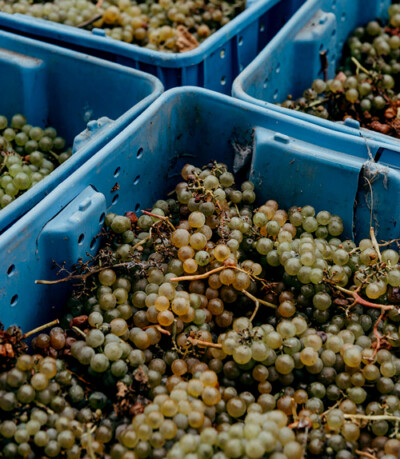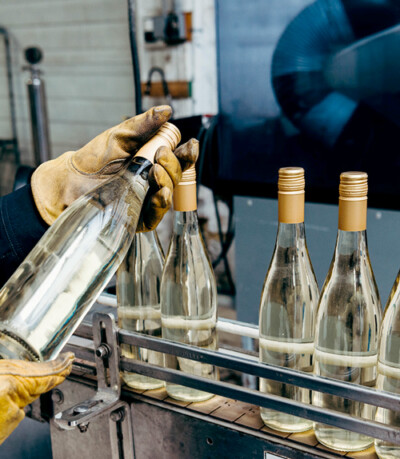When we take a look around, we see Great things.
With a capital G…because of our Great Lake right outside our doors.
In the Niagara Escarpment, Lake Ontario has the influence you would expect of one of the largest lakes in the world.
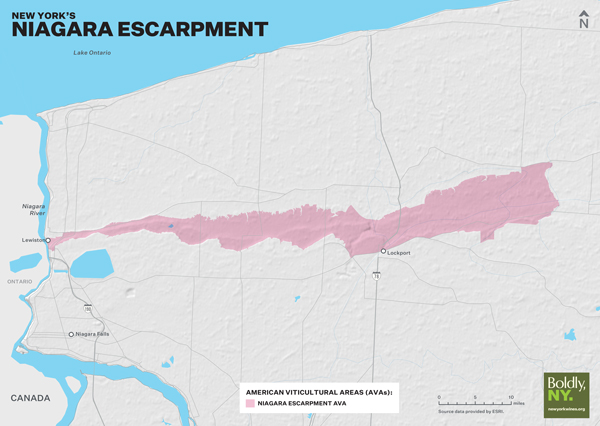

The power of that lake in combination with the slope of the Niagara Escarpment—to moderate temperatures, extend the growing season, and protect against winter damage—is allowing more vinifera grape varieties to pop up on the landscape.
And once planted, the soil and climate conditions of our unique terroir squeeze every ounce of flavor from the fruit.
The Deep Anti-Freeze
Ontario is the 13th largest lake in the world, but in the land of truly great lakes, it’s the smallest. Its tremendous depth—up to 800 feet (244 meters)—and airflow that rises over the Escarpment keep the area frost-free deep into the growing season.

Winter warmth
In the winter, warm air rises off Lake Ontario and is met with cooler air blowing over the top of the Niagara Escarpment. This causes constant air movement as the warm air is forced back down the slopes toward the lake. The result is over 205 frost-free days and little winter vine kill and bud damage.
Lake snows
Between November and February, cold air picks up water vapor as it blows over warm lake waters and deposits heavy snow in Western New York. While the storms can be intense, the accumulated snow actually protects the vines in the coldest parts of the year.
Cool History
You might be tempted to see New York as a young winemaking region.
But don’t be fooled; the history of wine in the United States runs right through our state.
Winegrowing in the region began before the Civil War.
It is believed that a winery operated at Lockport, NY, during the 1860s the same place where the Niagara grape (Concord x Cassidy cross) was developed.
Much like the Lake Erie grape belt, the Niagara regions experienced a grape production boom through the 1890s.
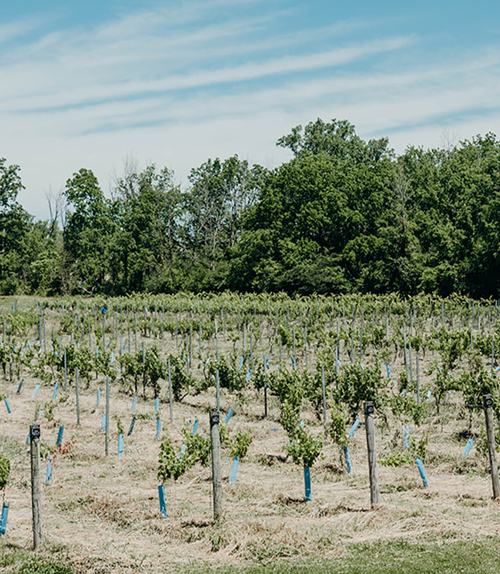
The region has seen several market declines.
In the early 1900s, the market collapsed from overproduction.
New planting flourished in the 1960s before running out of steam from a lack of markets.
In the early 2000s, Niagara’s commercial winery businesses resurged.
In 2002, the Niagara Wine Trail was established with two members.
Today, it has grown to 12.
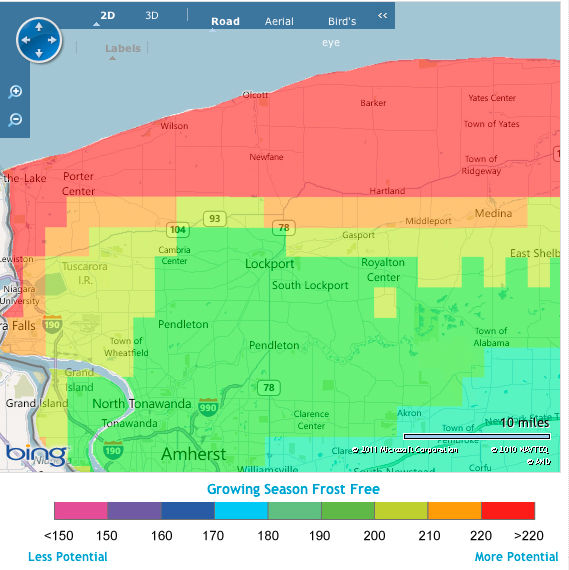
We’re known for our winters in Western New York, but our summers are things of legend…pleasantly warm and exceptionally sunny.
In fact, the region sees more summer sunshine than any metro region in the Northeast.
The people of the area love it. The grapes perhaps love it even more.
The Dirt on our Region
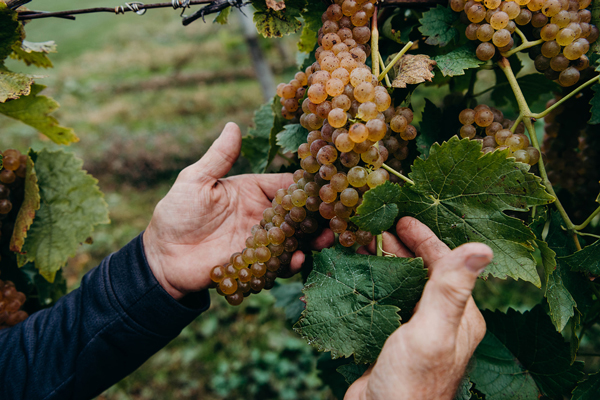 Our gravelly limestone and clay loam soil is perfectly suited for viticulture. The limestone dates from the Paleozoic Era when our land was under a warm sea abundant with coral and shellfish.
Our gravelly limestone and clay loam soil is perfectly suited for viticulture. The limestone dates from the Paleozoic Era when our land was under a warm sea abundant with coral and shellfish.
This naturally tempers the soil acidity to an ideal level for grapes and great wine.
A warming climate and improved growing techniques are yielding superb results with vinifera.
In fact, most of the new plantings have been vinifera and the region is particularly well suited to the production of elegant, age worthy wines made from Pinot Noir, Cabernet Franc, Chardonnay, and Riesling.

Great things are on the horizon
Winemakers are realizing that the terroir is suited to sought-after vinifera varieties and ice wine. As a result, we’re an area that’s fast gaining a reputation for high quality.

